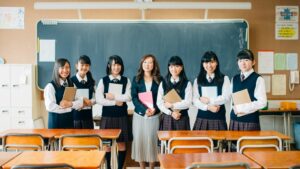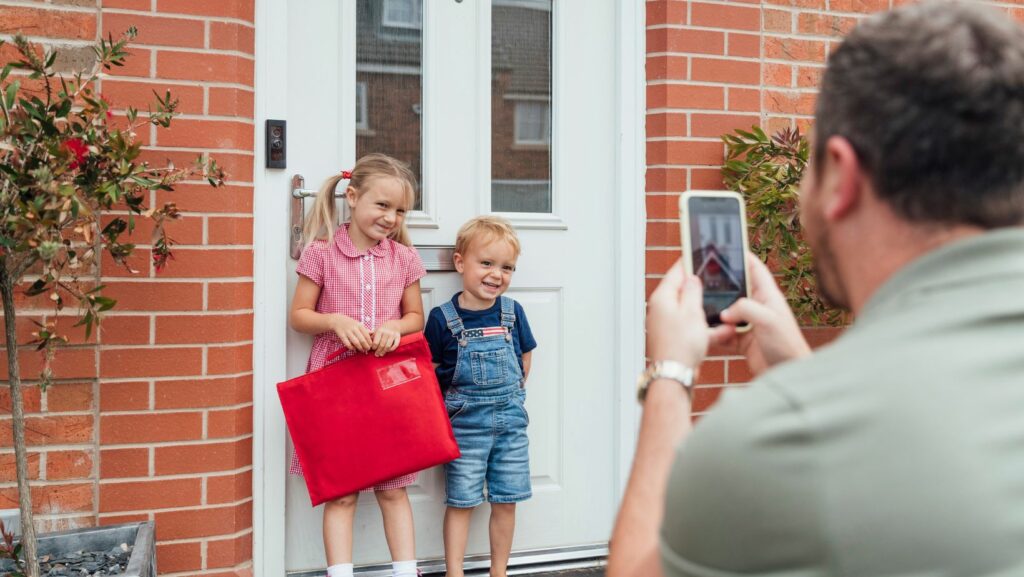Capturing decent public school photos is more than just a yearly tradition; it’s a way to preserve cherished memories and milestones. These photos often serve as a visual timeline of a student’s growth and achievements, making them invaluable for both families and the schools themselves. In an era where social media and digital sharing are prevalent, the quality of these photos has never been more important. Parents and educators alike seek images that reflect the true essence of the school experience, from classroom activities to extracurricular triumphs. The question then arises: how can schools ensure that their photos are not only decent but truly exceptional. Capturing decent school photos involves various challenges that can affect the final results. Among these are time constraints and environmental issues. Limited time sessions impact the quality of school photos significantly. Photographers often have minutes per student, constraining creativity and reducing opportunities for multiple shots. Coordination with teachers and schedules adds complexity, as sessions must fit within the school day without disrupting classes. Planning efficient workflows and using experienced photographers can help mitigate this issue.
Decent Public School Photos

Decent public school photos encapsulate the essence of a student’s academic journey. Good images document crucial milestones such as graduations, award ceremonies, and school plays. They serve as visual records, preserving moments that students and parents cherish for years. High-quality photos enhance the school’s reputation. They reflect the institution’s commitment to excellence and attention to detail. Good images attract prospective students and parents, showcasing the school’s vibrant environment and successful programs. Decent photos also support yearbook creation. These images contribute to crafting a comprehensive and engaging yearbook. They offer a snapshot of the school year, providing a lasting keepsake for students. Moreover, decent public school photos aid in media and marketing efforts. Schools use these photos in newsletters, websites, and social media platforms. Well-captured images effectively communicate the school’s story and achievements to the broader community. Investing in good photography ultimately benefits the entire school ecosystem, from students and teachers to parents and administrators.
Factors That Make A Good School Photo

Several factors contribute to the quality of a school photo, ensuring it captures the essence of students’ experiences. Key elements include lighting, background, and presentation. Proper lighting enhances the subject’s features and reduces harsh shadows. Using natural light or soft studio lighting creates a balanced and flattering effect on students’ faces. Ensuring adequate illumination can make the difference between a photo that looks professional and one that seems amateurish. A well-chosen background directs focus to the subject and sets the right tone. Simple, uncluttered backgrounds prevent distractions and keep the student as the focal point of the image. Natural settings like gardens or school facilities can add context without overwhelming the subject. Effective presentation includes ensuring students are well-groomed and wearing appropriate attire. Coordinating colors and styles can promote uniformity and aesthetic appeal. Additionally, photographers should consider the framing and composition of the shots, as these elements impact the overall visual appeal and professionalism of the photos.
Tips For Better Public School Photos

Elevating public school photos from decent to exceptional requires attention to several key elements. Investing in professional photographers who understand the nuances of lighting, background, and presentation can make a significant difference. Schools should also prioritize coordination between photographers, teachers, and schedules to ensure smooth photo sessions. Addressing environmental challenges with versatile equipment and indoor alternatives helps maintain photo quality regardless of conditions. Encouraging students to dress appropriately and be well-groomed adds to the overall visual appeal. By focusing on these aspects, schools can capture authentic, high-quality images that celebrate students’ academic journeys and milestones. Uncontrolled lighting in school environments poses a challenge in capturing decent photos. Classrooms and auditoriums often lack adequate natural light, requiring artificial lighting that can create harsh shadows and unnatural colors. Weather conditions also pose an issue for outdoor shoots, with rain or excessive sunlight affecting the setting. Choosing versatile equipment and planning indoor alternatives for adverse weather improves photo quality.

